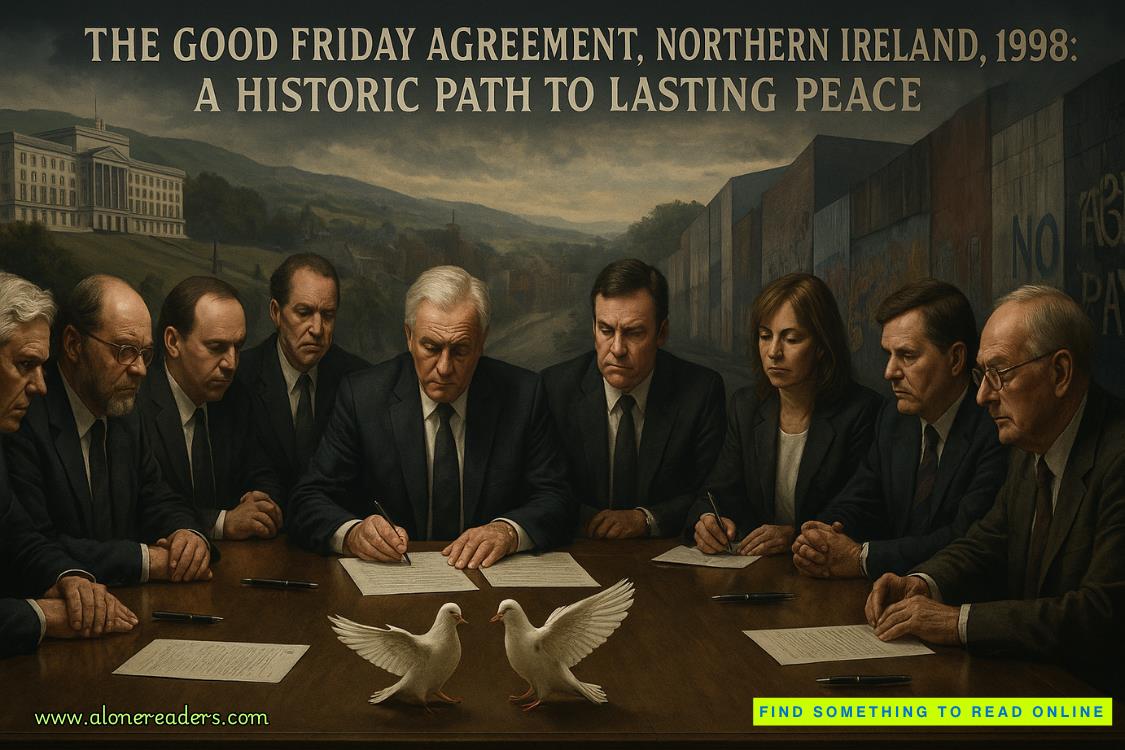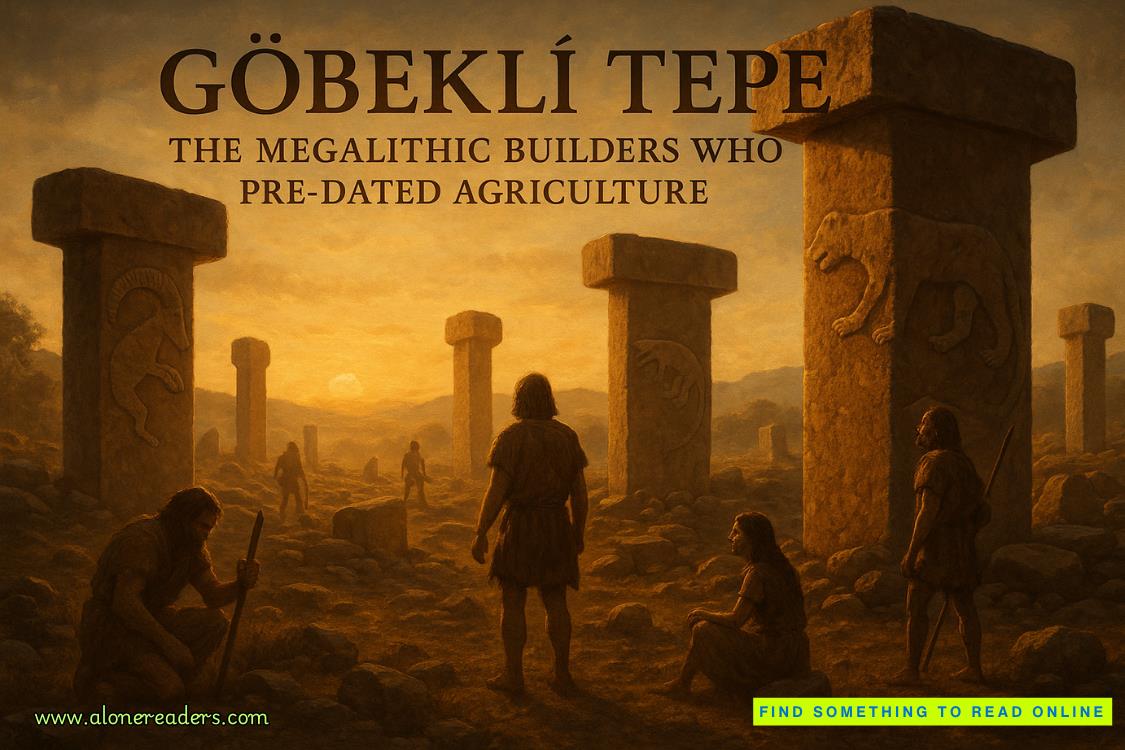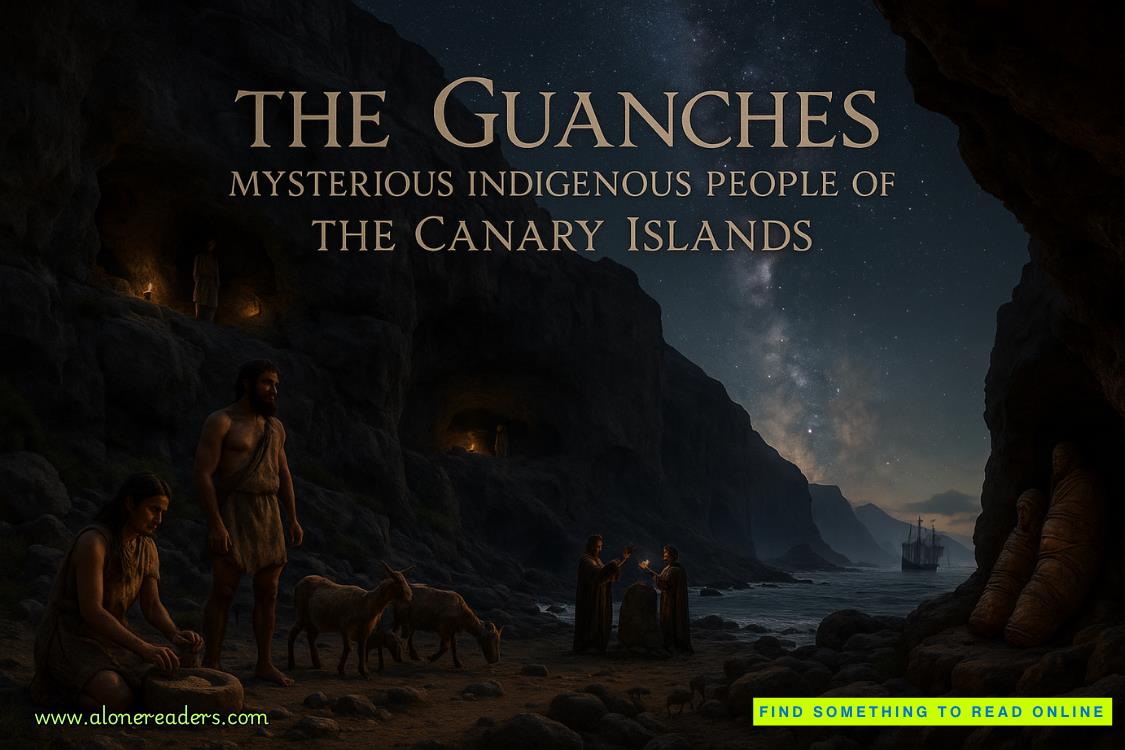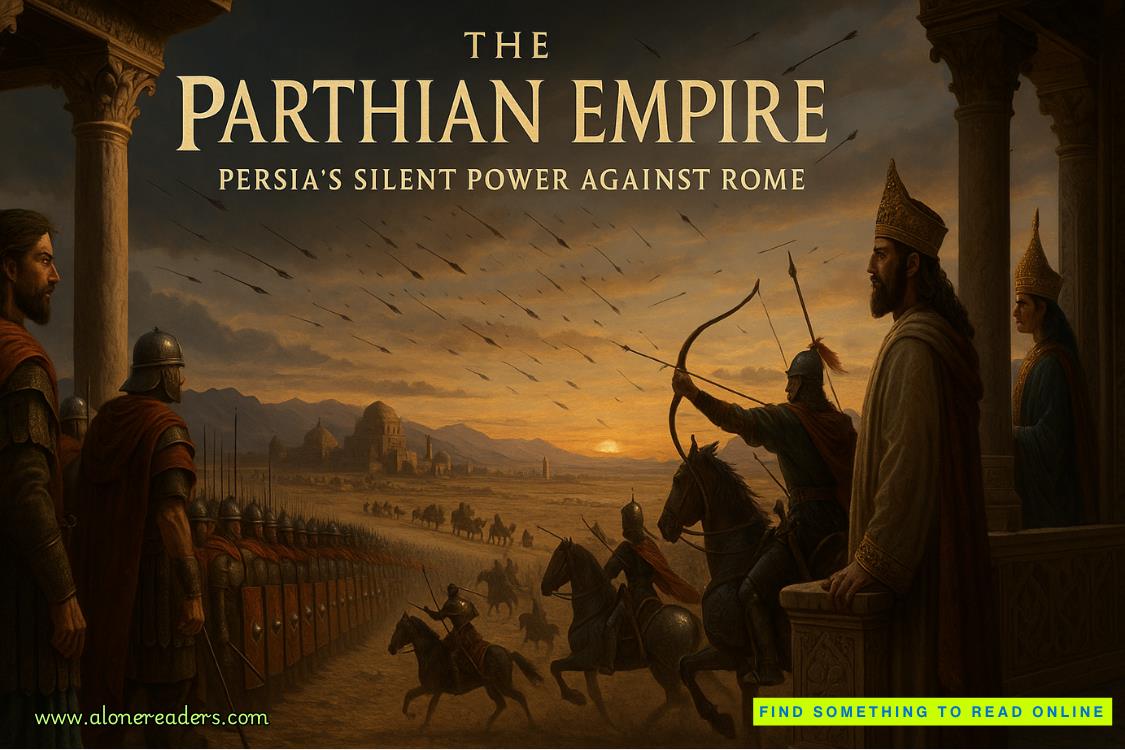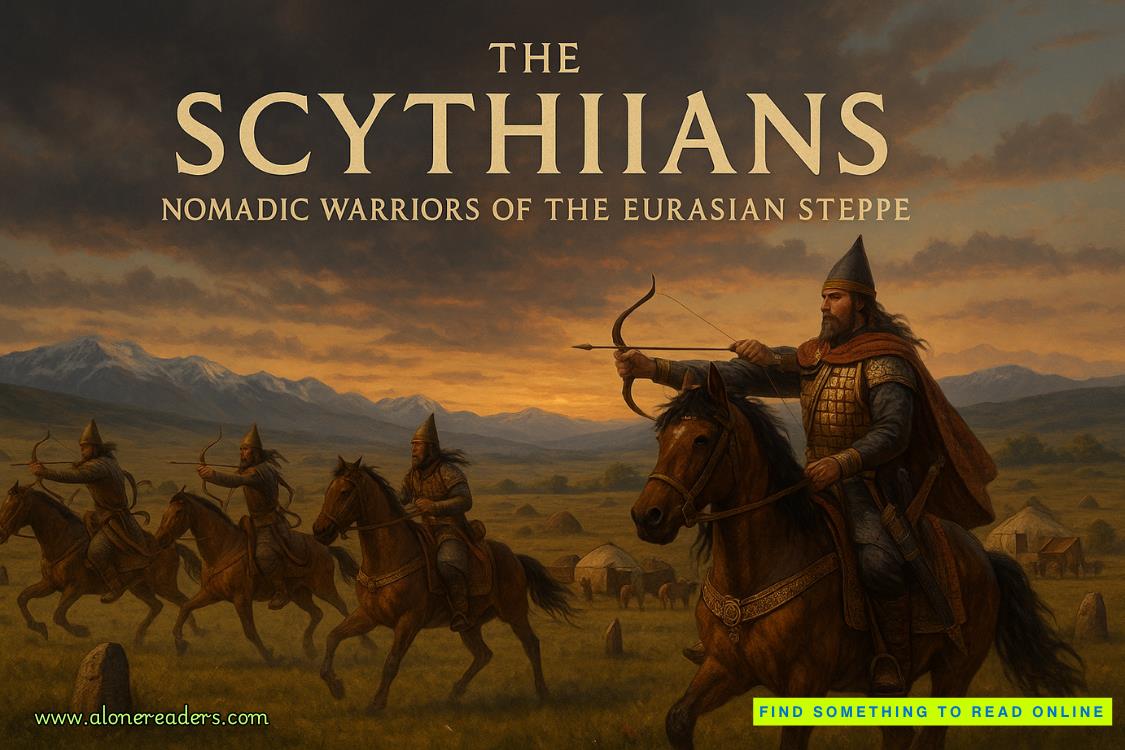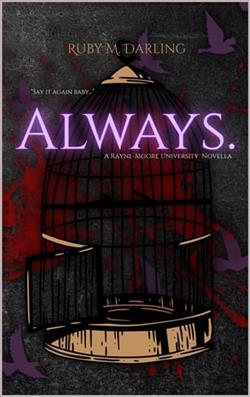Page 54 of Whiskey and Wildfire
“Excuse me,” Mia interrupted, her eyes fixed on Dakota. “I just have to ask?—”
Dakota’s jaw clenched, his eyes narrowing slightly at Mia’s interruption. I could feel the tension radiating off him in waves.
“Yes?” he said, his voice low and controlled.
Mia smiled brightly, seemingly oblivious to Dakota’s discomfort. “I was just wondering if you could tell us about any traditional Native American ranching techniques you use here? It must be so fascinating to incorporate your heritage into modern farming!”
I saw Dakota’s hands curl into fists at his sides. He took a deep breath before responding, his tone carefully neutral. “Ma’am, I appreciate your interest, but I don’t use any ‘traditional techniques’ here. I’m just a cowboy doing his job.”
John Whitmore cleared his throat impatiently. “If we could get back to the matter at hand? Mr. Baker, you were saying something about guest housing?”
“Right.” I cleared my throat, trying to refocus. “Yes, as I was saying, we’ve developed plans for guest housing that would allow visitors to experience authentic ranch life. We’re thinking luxury cabins with modern amenities but designed to blend seamlessly with the landscape. My sister would head up arena and rodeo training. Nothing too dangerous of course, but enough to give the guests a thrill.”
Dakota shifted beside me, and I could sense his unease. This wasn’t his vision for the ranch, but we needed the investment to keep things afloat. If it meant keeping our home, I was willing to try.
“Interesting,” John Whitmore mused, stroking his chin. “And what about the cattle operation itself? Any plans to scale up?”
“We’ve been looking into more sustainable grazing practices,” I explained. “Rotational grazing, improving our soil health. It’s better for the land and produces higher quality beef.”
Dustin Corvus, the legal representative, spoke up for the first time. “And what about water rights? That’s always a contentious issue out here in Texas.”
I nodded, relieved to be on more familiar ground. “We have senior water rights for our property, dating back to when my great-grandfather first settled this land. We’ve also invested in water-saving irrigation systems to make the most of what we have.”
As I spoke, I noticed Dakota subtly straightening his posture, his eyes alert. This was an area where his expertise truly shone. He’d been managing the ranch practically single-handedly for years now.
“If I may,” Dakota interjected, his voice steady. “We’ve also implemented a series of small catchment systems across the property. They help retain rainwater and reduce runoff, which has significantly improved our water efficiency.”
John Whitmore raised an eyebrow, seeming impressed for the first time. “That’s quite innovative. Your idea, Mr...?”
“Parker,” Dakota supplied. “Dakota Parker. And it was a collaborative effort. Logan and I worked on the design together.”
Now it was my turn to shift uncomfortably beside him. He was lying through his teeth to make me look good. The truth was, I never wanted a damn thing to do with the ranch, but we couldn’t let the investors know that. I, above all else, needed to seem competent.
“How is this all sounding to you, Mia?” John asking, turning to his head of development.
She nodded, smiling from ear to ear. “It’s important to guests that cattle operations remain intact. Surveys have shown that guest satisfaction spikes by twenty percent when they believethat the farm is fully operational. It doesn’t really matter if we make profit off the cattle, just that they are there.” She stepped out in front of us, staring out over the rolling prairie and took a deep breath. “I think I’ve seen enough gentleman,” she said. “And I have a vision.”
Dustin remained quiet. However, John waved a hand in her direction. “Give it to us,” he said. Then he leaned over to me. “She’s the real brains behind the operation.”
I nodded and waited for Mia to speak. She took another deep breath, as if preparing herself for some great speech.
“Picture this,” Mia began, her hands framing the landscape before us. “Luxury cabins nestled in those hills, each with a private hot tub and panoramic views of the ranch. We’ll offer guided horseback rides at sunrise, cattle driving experiences during the day, and authentic chuck wagon dinners under the stars.”
She turned to face us, her eyes gleaming with excitement. “But here’s the twist - we market it as an eco-friendly, culturally immersive experience. We highlight the sustainable practices you’ve already implemented, Logan. And Dakota,” she said, turning to him with a smile that made him visibly tense, “we could feature some educational programs about Native American history and culture. It would add such depth to the experience!”
I felt Dakota stiffen beside me, his jaw clenching. Before he could respond, I quickly jumped in. “That’s certainly an interesting vision?—”
“And that’s not even the best part,” she smiled. “We can build a Native American museum right here on the ranch and fill it with artifacts from the local tribes. Not only will that bring in regular tourists as they pass through, but also give the guests a reason to bring their children and educate them about this great land of ours and the people that used to live here.”
I stood there quietly next to Dakota, feeling the heat radiating off him.
“But the best part is,” she said, stepping forward and placing a hand on Dakota’s shoulder. “We’ll have a real live Cherokee to show them that we mean business. It’ll lend an air of authenticity to the ranch that nobody else will have.”
Before anyone could speak, John broke into applause. Dustin joined him a moment later and not knowing what else to do, I did as well. Dakota was the only one that didn’t clap.
“Brilliant,” John beamed. “An angle like that will put us on the map immediately. Press coverage should be easy to get with a cultural preservation focus. They’ll be lining up in the driveway for an interview.”
Behind us a horse whinnied in the barn. As if on cue, Dakota turned away, heading that way at a fairly quick clip. The others glanced at me, and I forced a smile.



